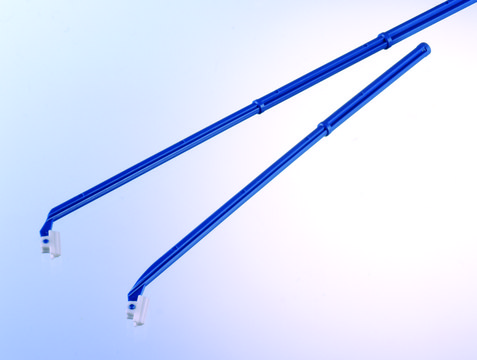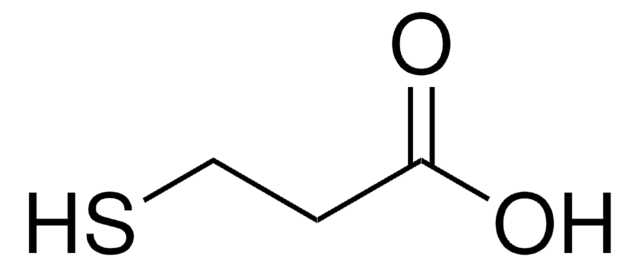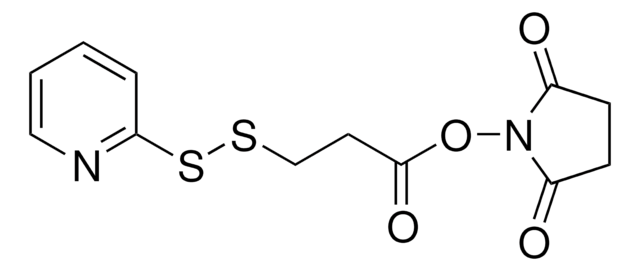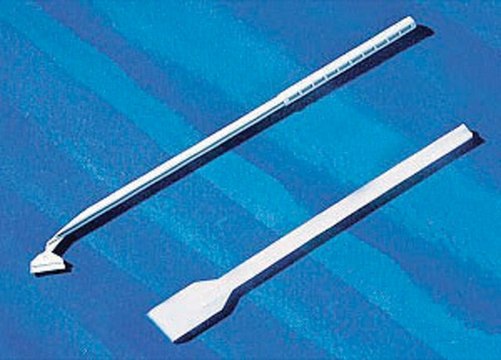D3669
3,3′-Dithiodipropionic acid di(N-hydroxysuccinimide ester)
powder
Synonym(s):
DTSP, Di(N-succinimidyl) 3,3′-dithiodipropionate, Dithiobis(succinimidyl propionate), Lomant’s reagent
About This Item
Recommended Products
form
powder
Quality Level
reaction suitability
reagent type: cross-linking reagent
solubility
chloroform: 50 mg/mL
DMF: soluble
acetone: soluble
storage temp.
−20°C
SMILES string
O=C(CCSSCCC(=O)ON1C(=O)CCC1=O)ON2C(=O)CCC2=O
InChI
1S/C14H16N2O8S2/c17-9-1-2-10(18)15(9)23-13(21)5-7-25-26-8-6-14(22)24-16-11(19)3-4-12(16)20/h1-8H2
InChI key
FXYPGCIGRDZWNR-UHFFFAOYSA-N
Looking for similar products? Visit Product Comparison Guide
General description
Application
Features and Benefits
Caution
Signal Word
Warning
Hazard Statements
Precautionary Statements
Hazard Classifications
Eye Irrit. 2 - Skin Irrit. 2 - STOT SE 3
Target Organs
Respiratory system
Storage Class Code
11 - Combustible Solids
WGK
WGK 3
Flash Point(F)
Not applicable
Flash Point(C)
Not applicable
Personal Protective Equipment
Choose from one of the most recent versions:
Already Own This Product?
Find documentation for the products that you have recently purchased in the Document Library.
Our team of scientists has experience in all areas of research including Life Science, Material Science, Chemical Synthesis, Chromatography, Analytical and many others.
Contact Technical Service









